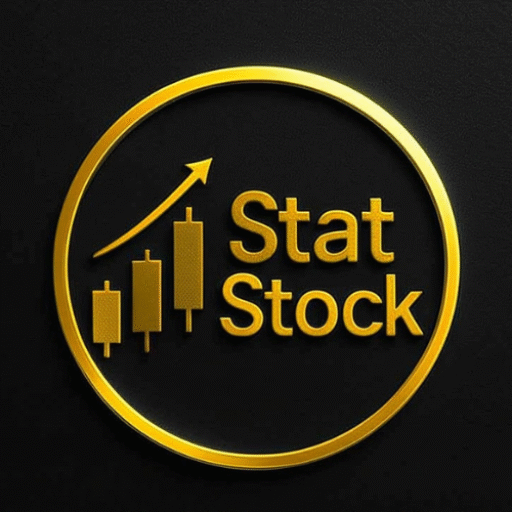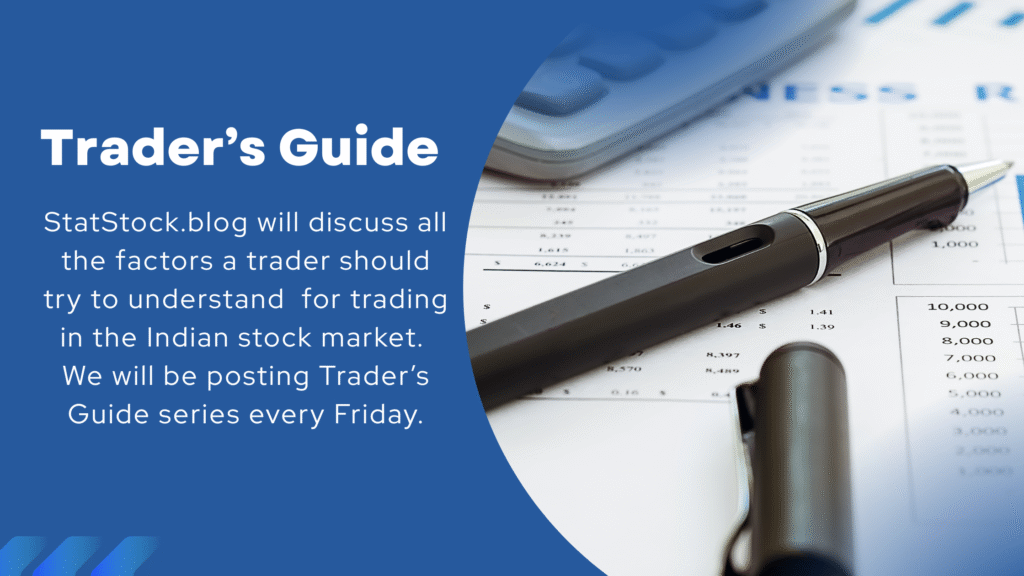
Powered by Stats, Backed by Logic

Powered by Stats, Backed by Logic

Intraday trading and Delivery trading
Intraday Trading
- Buying and selling stocks on the same trading day.
- The positions are squared off before market close.
- Quick profits can be made from small price movements.
- The trader is not holding the stock for the next day, but simply books profit or loss.
- Capital risk is lower, and the broker gives margin/leverage.
- There is a high risk due to high leverage, market volatility, and strict timing.
- Money isn’t tied up long-term.
- Brokerage charge is lower, but it may increase due to frequent trades.
- Intraday trades need experience, time to monitor the market, and risk appetite.
Intraday Trading Example
Raj notices that Infosys Ltd. is showing bullish signals.
At 10:00 AM, he buys 100 shares at ₹1,500 each.
By 2:00 PM, the stock price rises to ₹1,520.
Raj sells all 100 shares at ₹1,520 before the market closes.
Profit: ₹20 × 100 shares = ₹2,000 (minus brokerage & taxes)
Here, Raj booked a profit on the same day without taking delivery of shares.

Delivery Trading
- Buying stocks and holding them for days, months, or years.
- A trader can build wealth over time through capital appreciation and dividends.
- Shares are delivered to the demat account, and the trader becomes the owner.
- Risk level is low compared to intraday trade, but market downturns may reduce portfolio value.
- Capital requirement is higher as you have to pay the full price for the shares upfront, and there is no leverage.
- Brokerage charges are higher, but less frequent trades reduce the cost.
- Traders are eligible for dividends, bonuses, rights, and splits.
- Delivery trading is preferred by investors who want to build wealth steadily without daily monitoring.
Delivery Trading Example
Day 1: Meera believes Reliance Industries will perform well in the long run.
She buys 50 shares at ₹2,400 each and holds them in her demat account.
Scenario 1:
After 3 weeks, the price rises to ₹2,650 per share.
Meera decides to sell all 50 shares at ₹2,650.
Profit: ₹250 × 50 shares = ₹12,500
Here, Meera actually owned the shares and benefited from short-term growth.
Scenario 2:
After 8 months, the price rises to ₹2,900 per share.
Meera decides to sell all 50 shares at ₹2,900.
Profit: ₹500 × 50 shares = ₹25,000 (plus dividends received during holding period)
Here, Meera actually owned the shares and benefited from long-term growth.

Intraday vs Delivery – Decision Guide
1. Do you want quick profits on the same day?
If Yes, then choose Intraday Trading
If No, then choose Delivery Trading
2. Can you monitor the stock market during trading hours (9:15 AM – 3:30 PM IST)?
If Yes then choose Intraday Trading
If No, then choose Delivery Trading
3. Do you have a high-risk appetite and good knowledge of technical analysis?
If Yes then choose Intraday Trading
If No, then choose Delivery Trading
In short:
- Intraday is appropriate for active, risk-taking, technically skilled traders.
- Delivery is appropriate for short-term, long-term, patient investors, and beginners.
Please feel free to contact me on WhatsApp if you need any clarification on Swing Trading.